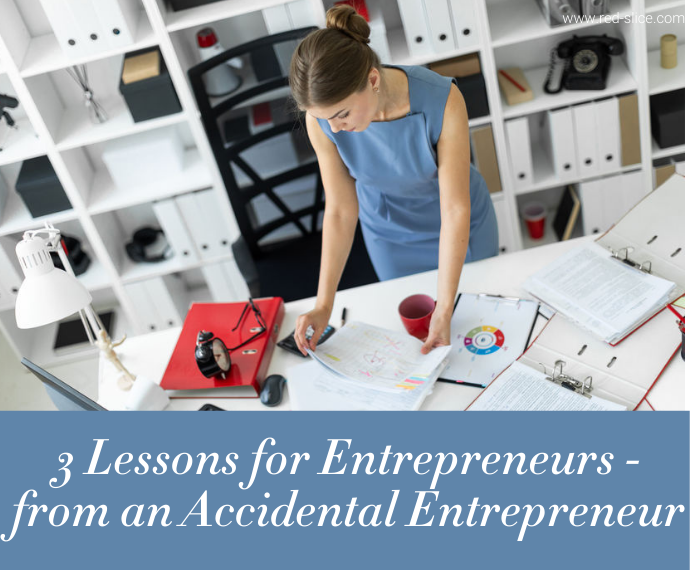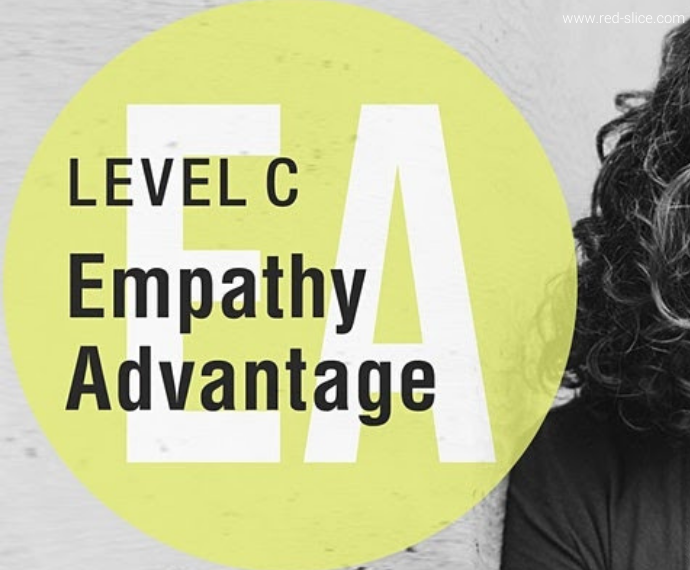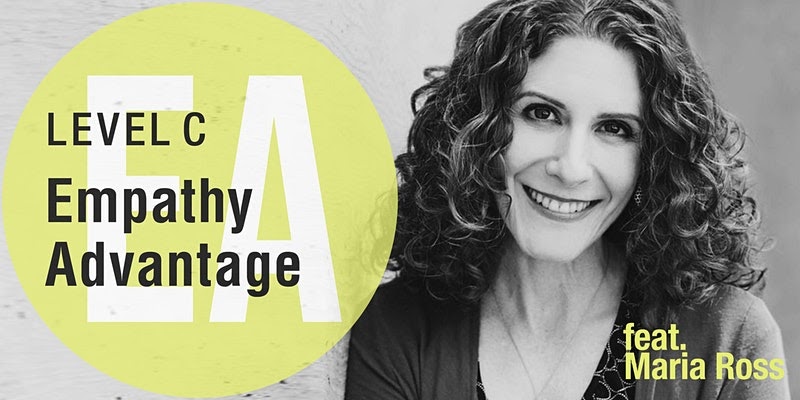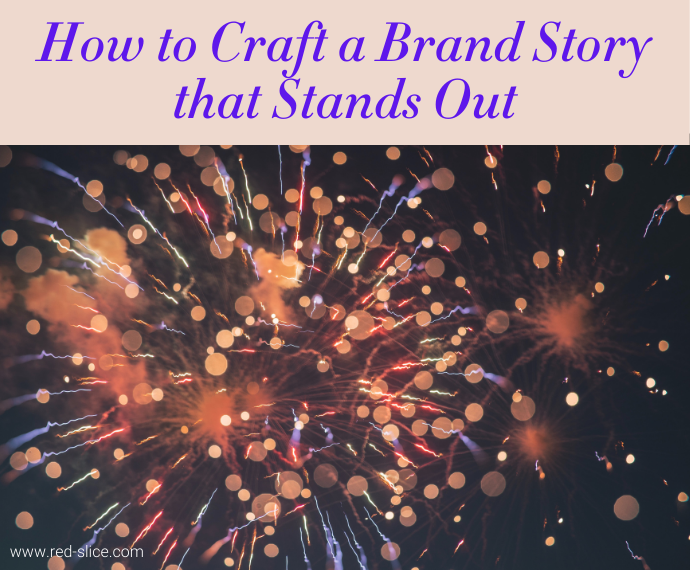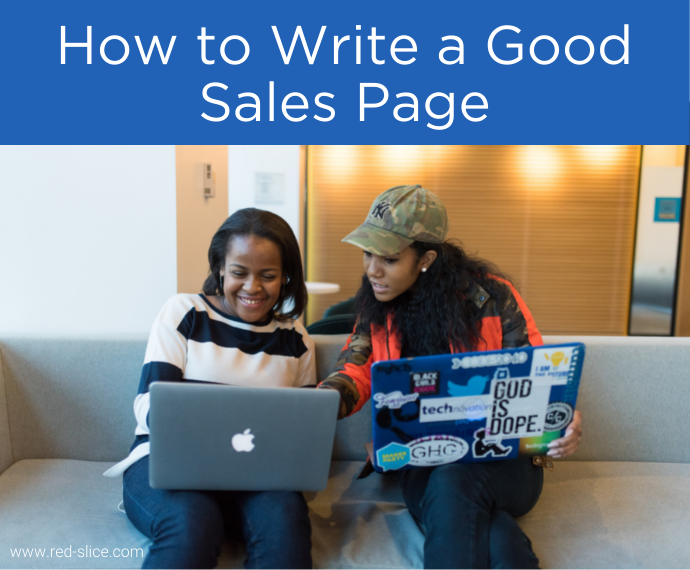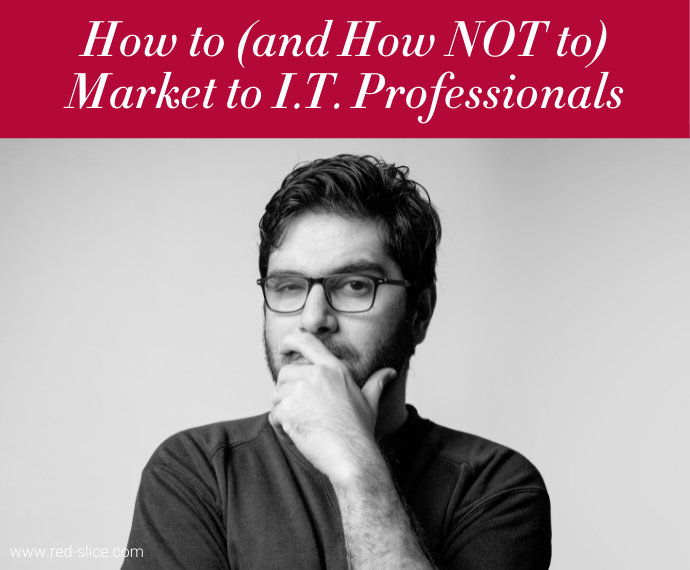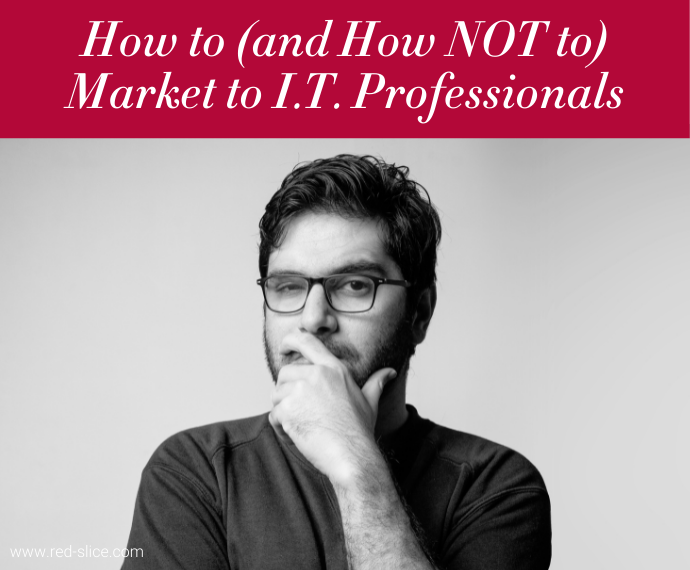
Clarity is kind.
When you clearly communicate in a way others can understand so they can continue the dialogue with you, that is empathy in action.
Whether that communication is giving your 8 year-old his morning routine instructions or sharing information with your customers, being clear is a gift that helps you both realize shared goals.
I remember learning about communication in school. We talked about the “sender” and the “receiver”and where miscommunication can happen. And this stuck with me:
It is the responsibility of the sender to ensure they are being clear in their communication. If the receiver does not understand, it is on the sender to adapt or convey the message in a new way.
Adapt to the receiver. That is the ultimate empathy, isn’t it?!
But I would add….
It is the responsibility of the sender to ensure they are being clear in their communication. But also their responsibility to do so in a way that doesn’t cause harm. (TWEET THIS!)
For years, someone close to me would constantly defend her harsh directness with, “I’m just being honest.” Her words often cut like a knife. Yes, you always knew where she stood – but she’d communicate without any grace or tact.
When did we confuse being honest with being harsh and hurtful?
I recognize the truth can hurt. I often give tough love to clients. But that’s the difference: it’s tough love. I do my best (not always, but I try) to deliver a message in a way that the receiver can take in, hear, and act on.
When you are so direct that the receiver shuts down completely, what good is being honest? (TWEET THIS!) For collaboration. For meeting your shared goals. For strengthening the relationship?
It doesn’t matter if you meant no harm. Remember, impact matters more than intent! I always tell my brand clients this: It doesn’t matter what you want to convey, it matters how your customers interpret it.
I recently posted on social media how “some people claim to be empaths because they “feel deeply.” But then use that as an excuse to communicate exactly what they want, exactly when they feel it. With no regard to the other person.
That’s not empathy, friend. That’s about you and your own needs, through your own lens.
I’ve often said being empathetic does not mean you people-please. That’s submission, not empathy.
But you can make tough decisions and yes, even tell someone “no”- or give a negative performance review or file a complaint with your favorite brand – by thinking through your words and the IMPACT they will have.
How can you communicate with empathy, even if you’re communicating something someone doesn’t want to hear? Here are 3 tips – and they apply face-to-face or in writing:
- Articulate: First, articulate what you want to say to yourself. Know what your main points are and what you need to convey. Jot down notes if you need to. This will also keep you on track if things get too emotional.
- Prepare: Next, consider what the other person might be thinking or feeling when they go into this discussion. Will they be on edge, scared, or even coming into it happy? What questions might they have? How might they respond? Prepare for those in advance.
- Adapt and Deliver: Finally, adapt your words and tone to lead with kindness but confidence in what you are communicating. If you’re delivering harsh news, like a layoff, how might you soften the blow while still being direct? Validate their contributions. Acknowledge their feelings. Let them be heard. Proactively provide resources or information that would help (the preparation step helps with this). And then communicate the points needed so you can both move forward in a constructive way.
Think about doctors delivering life-changing news to people. They often handle it with grace and empathy, but with complete clarity so the patient understands. Emulate that in your own work and give “empathetic honesty” a try!
Photo Credit: rf123.com, vadymvdrobot
Related Articles You May Enjoy:
Let’s Redefine Kind in Business
3 Ways to Use Empathetic Insights to Repair a Bad Customer Experience




